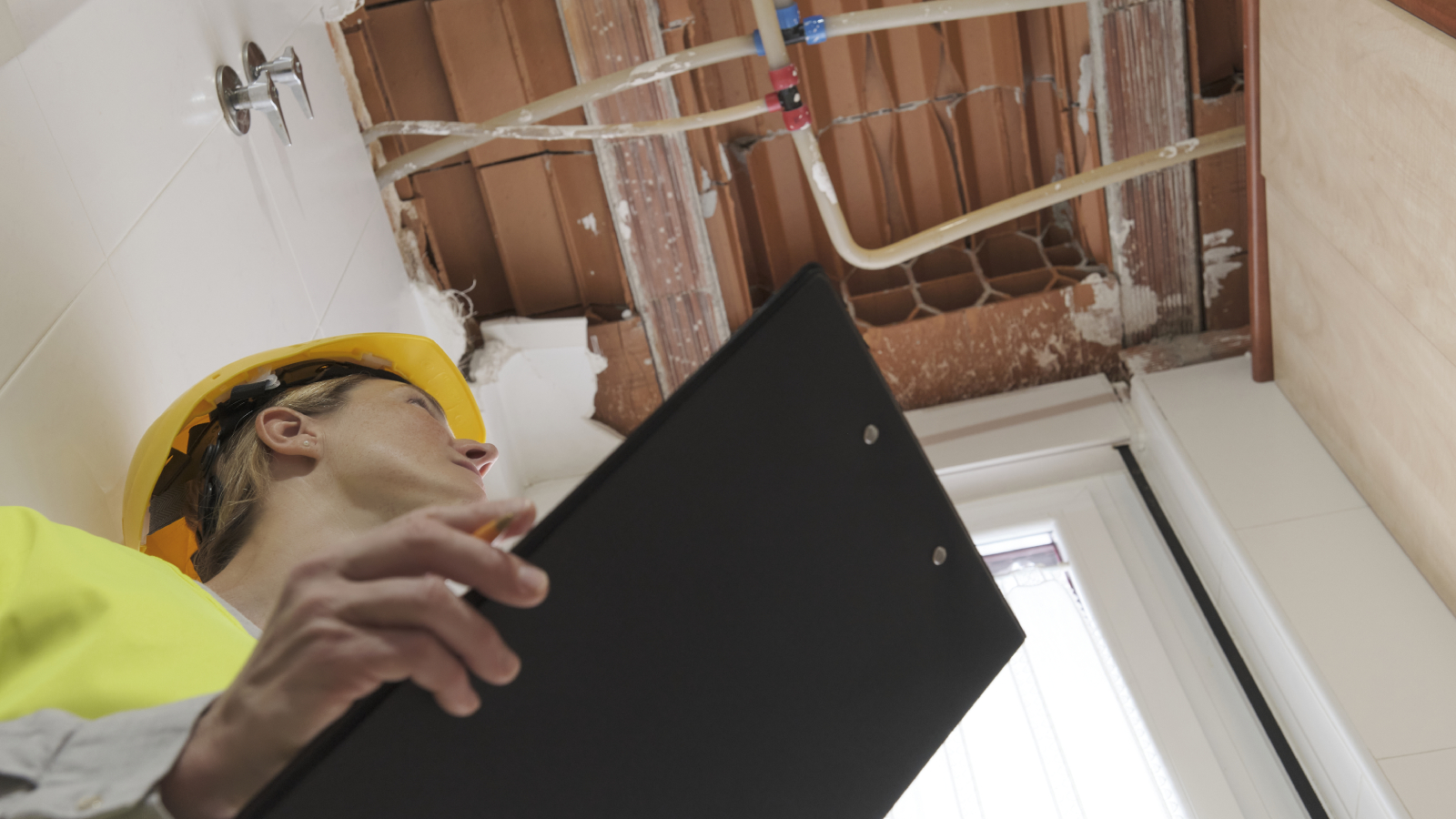How couple carefully converted this 18th-century barn into a stunning family home
David Pummell and Karen Geoffreys' painstaking conversion and restoration of an 18th-century barn included numbering, removing and reinstating the original beams piece by piece
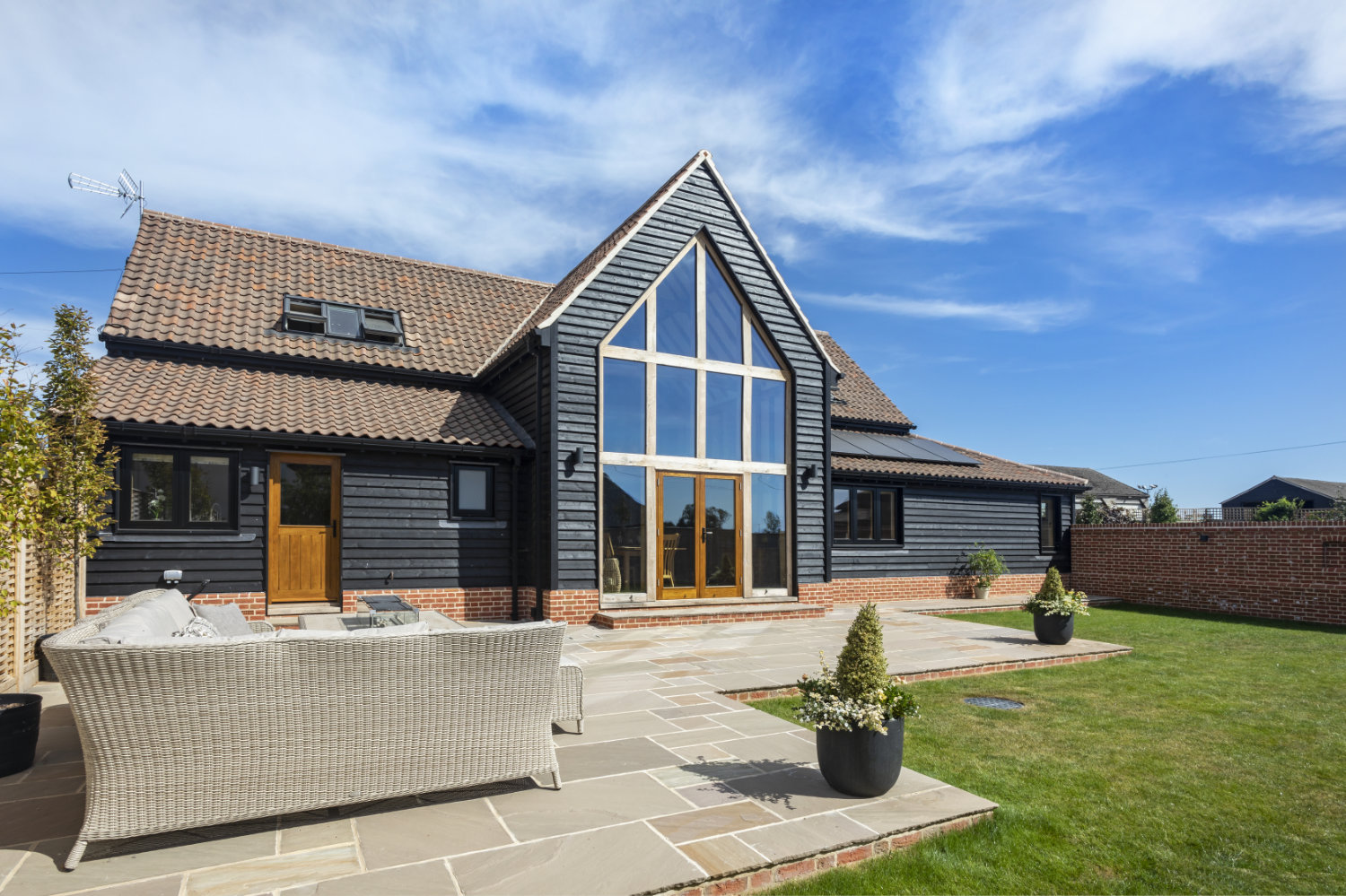
In the picturesque village of Salcott, Essex, a remarkable barn conversion and restoration project has breathed new life into an 18th-century agricultural relic.
For homeowners David Pummell and Karen Geoffreys, this project was more than just a restoration; it was a passionate pursuit of a dream. The couple's meticulous approach and unwavering commitment to their vision turned a dilapidated barn, once inhabited by owls and old tractors, into a cosy and modern country home.
Below, they share how they converted the barn, including the highs and lows of converting a barn and the dedication that went into preserving its original 18th-century features.
A barn conversion and restoration project
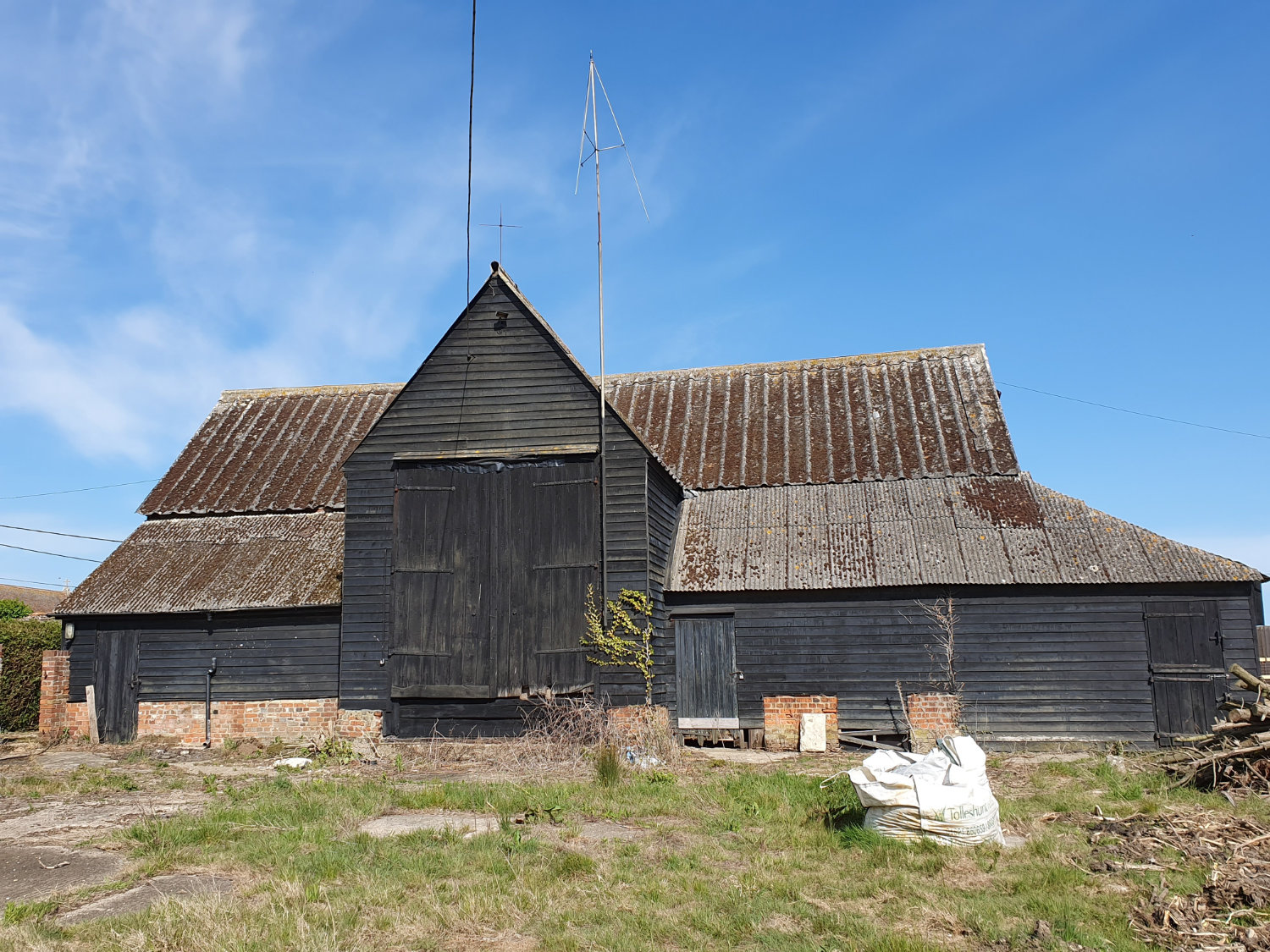

‘Vision’ is a recurring theme in the story of David and Karen Pummell’s impressive 18th-century barn conversion and restoration project in the village of Salcott, Essex. And it’s something that was required to imagine this agricultural building, which used to belong to a turf farm, becoming their new home.
“You can’t imagine what it was like now,” says David. “The limestone floor was coming up, there was an owl at one end, pigeons at the other, and it was just full of old tractors.”
But he could see the potential. He is, after all, an architectural joiner who specialises in old and listed buildings. Yet, the barn still represented a challenge - he hadn’t taken on a restoration completely from scratch before. It wasn’t that David and Karen were daunted by a big project - you only need to look out from their garden to see the self build they undertook in the same village in order to fund this venture, but the barn came with its own set of obstacles.
Initial build and planning challenges
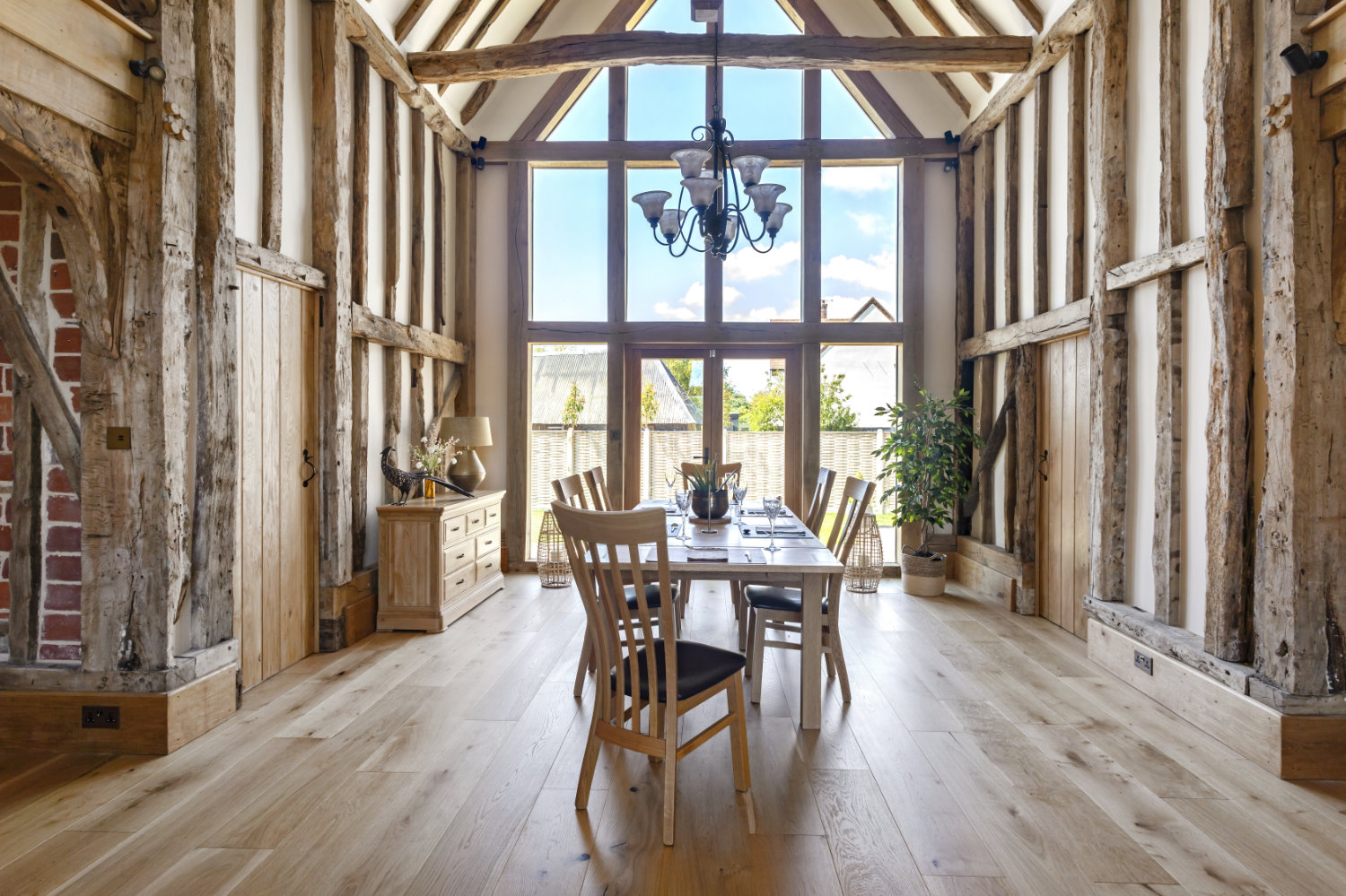
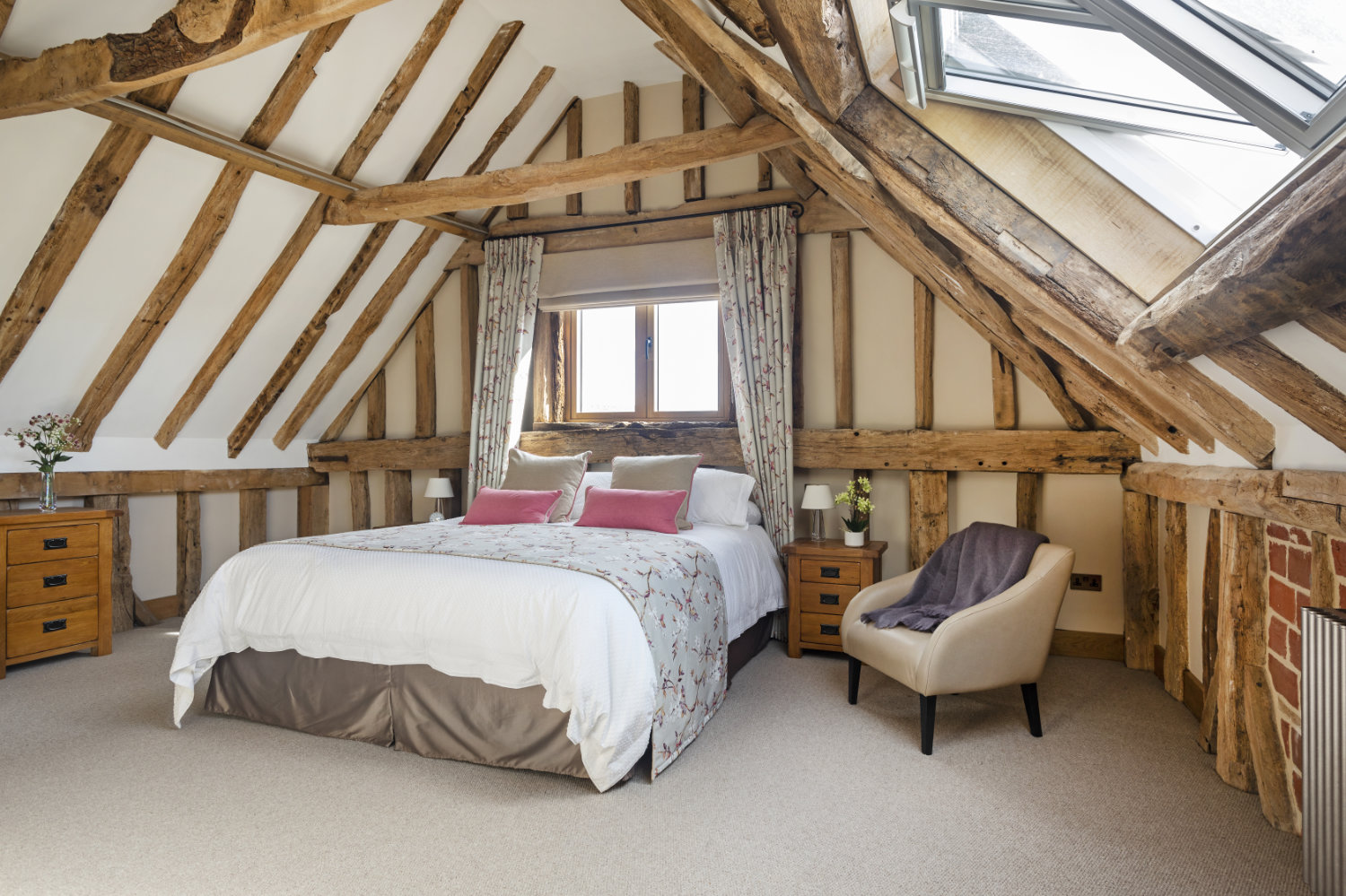
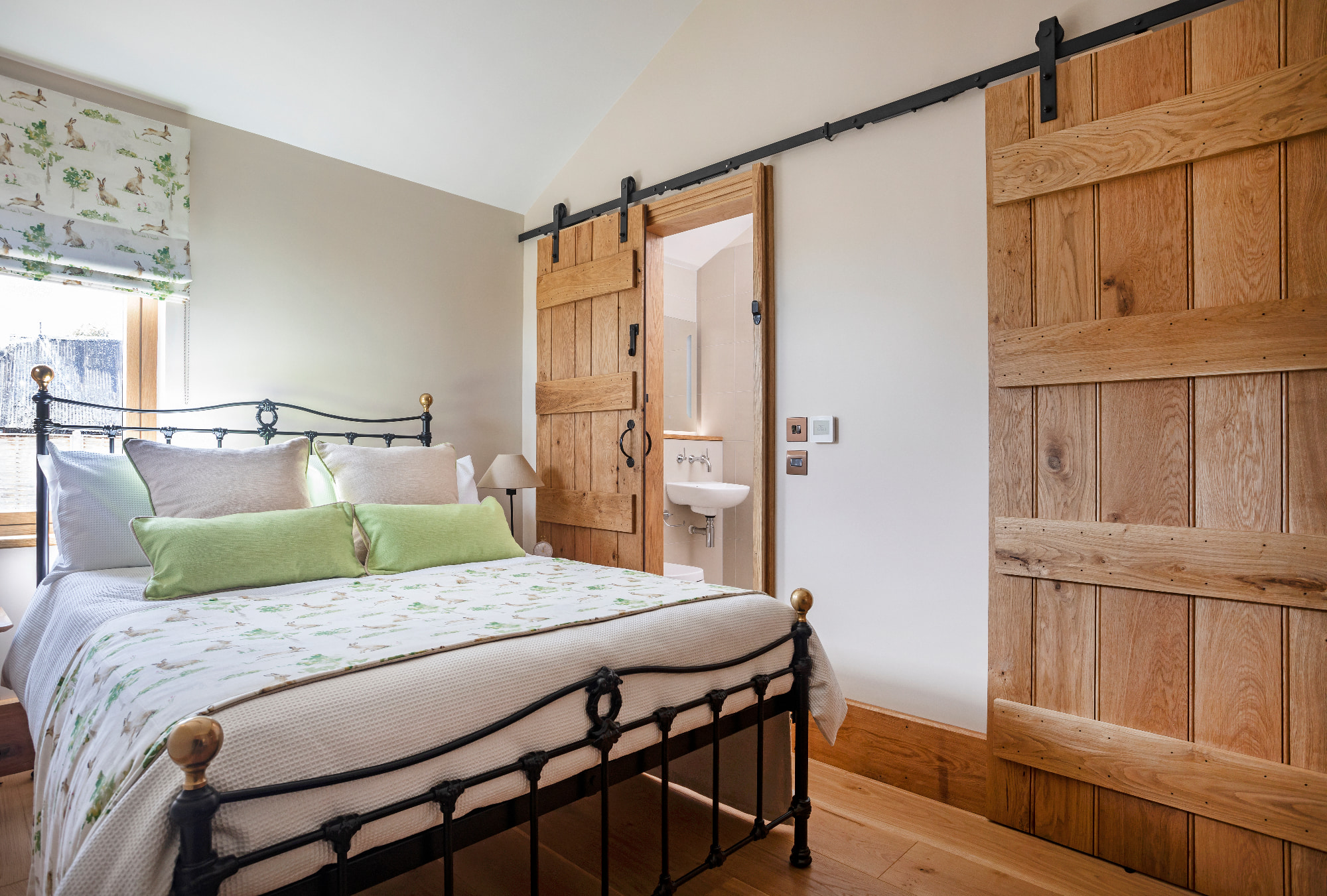
The first hurdle the couple encountered was a set of architectural plans already attached to the barn that didn’t quite fit with their ‘vision’ of what their dream barn conversion would look like. “There was planning permission for the barn when we bought it,” David explains, “but we didn’t like the style of the design.”
Bring your dream home to life with expert advice, how to guides and design inspiration. Sign up for our newsletter and get two free tickets to a Homebuilding & Renovating Show near you.
With its corrugated metal roof, it would have felt more industrial, and less cosy, while the couple dreamed more of a ‘country-style barn’. However, the original architect wasn’t interested in helping to redesign the barn with their ideas in mind.
For David, the answer was to go it alone and re-design the barn conversion to fit not only what he and Karen wanted, but to get planning permission for the barn renovation, too.
“I completely revamped the planning, with a new roof and a few interior changes. I was the project manager, designer, buyer on the build..” David jokes, “and occasional forklift driver.”
Assembling a local team of builders
Equally as important as David’s experienced guiding hand as both the designer and project manager was building a good team. “I’ve picked up some good people over the years,” David says, but some of his ‘dream team’ fell into his lap through good fortune.
“A friend of mine met our bricklayer down the pub, and he’d just moved in at the end of the road. He’s been a godsend,” David beams. It was important for the couple to try to keep their trades local.
Honouring the barn’s original features
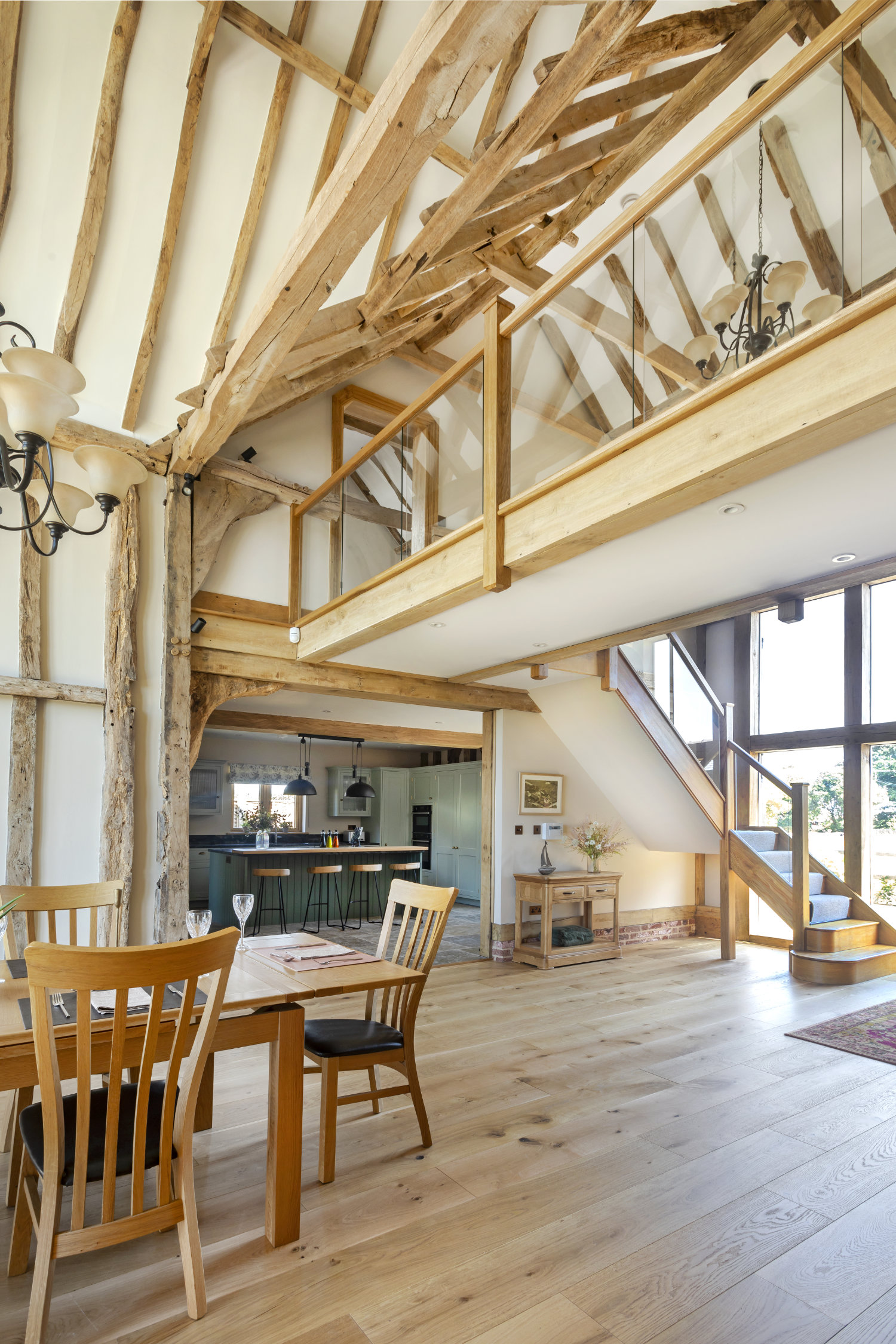
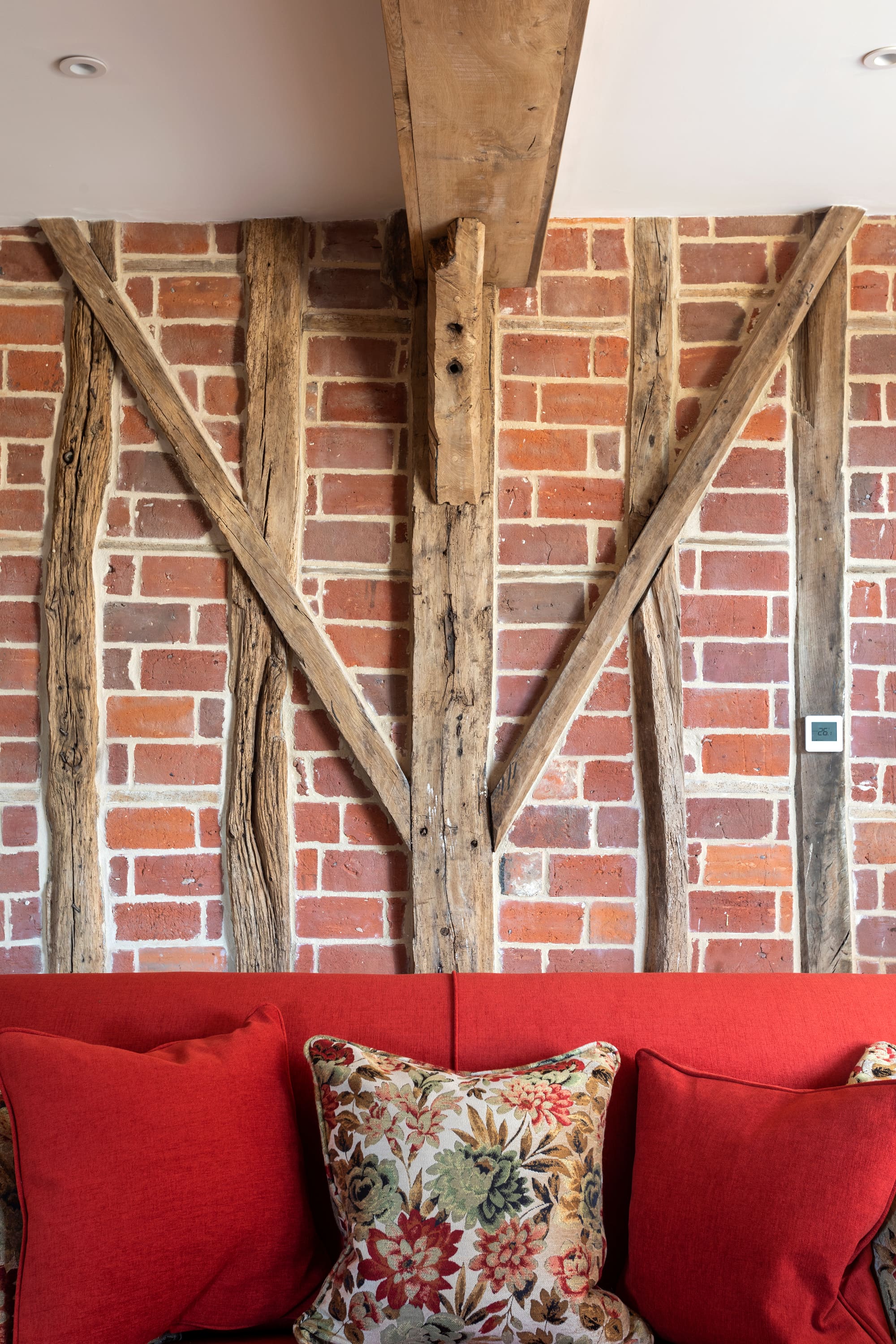
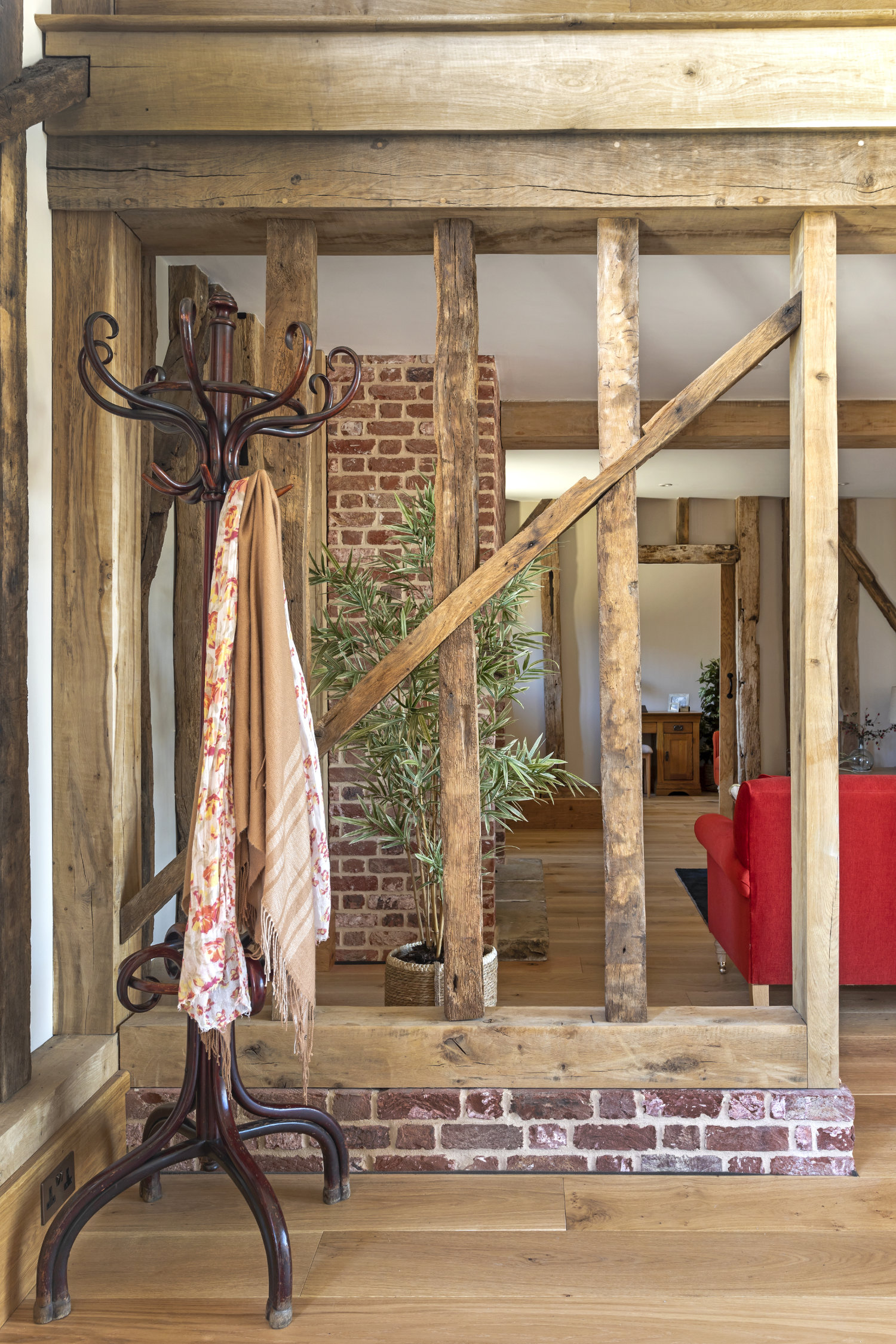

The care and attention that the couple put into their team reflects in the end result. The space has been restored and converted meticulously - and in some instances, painstakingly. “A lot of the beams haven’t been moved at all,” Karen explains. “Many of them were numbered, taken out, cleaned and sandblasted, and then put back.”
On the original brickwork, David’s keen to point out fingerprints from the person who made the bricks back in the 1700s, too, while he’s also proud that the team used traditional nails and copper plumbing throughout the build.
The original features have clearly been treated with reverence, but not to the point where it affects how the barn now works as a home. A new brick fireplace, for example, creates a focal point for the living area, while in the bedrooms on the new mezzanine level, rooflights have been inserted to ensure light, airy spaces, cleverly reframed by some of the original timber.
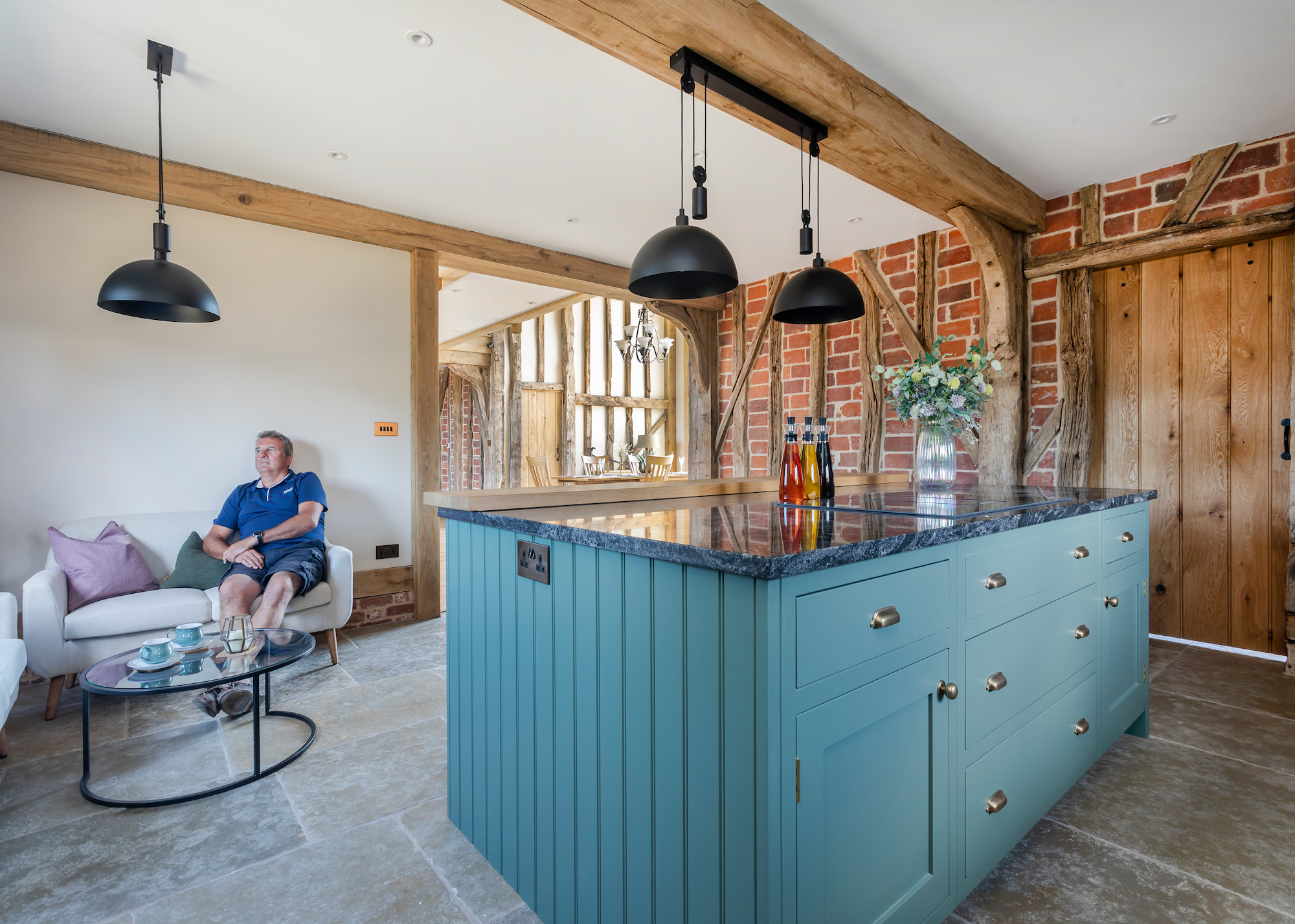
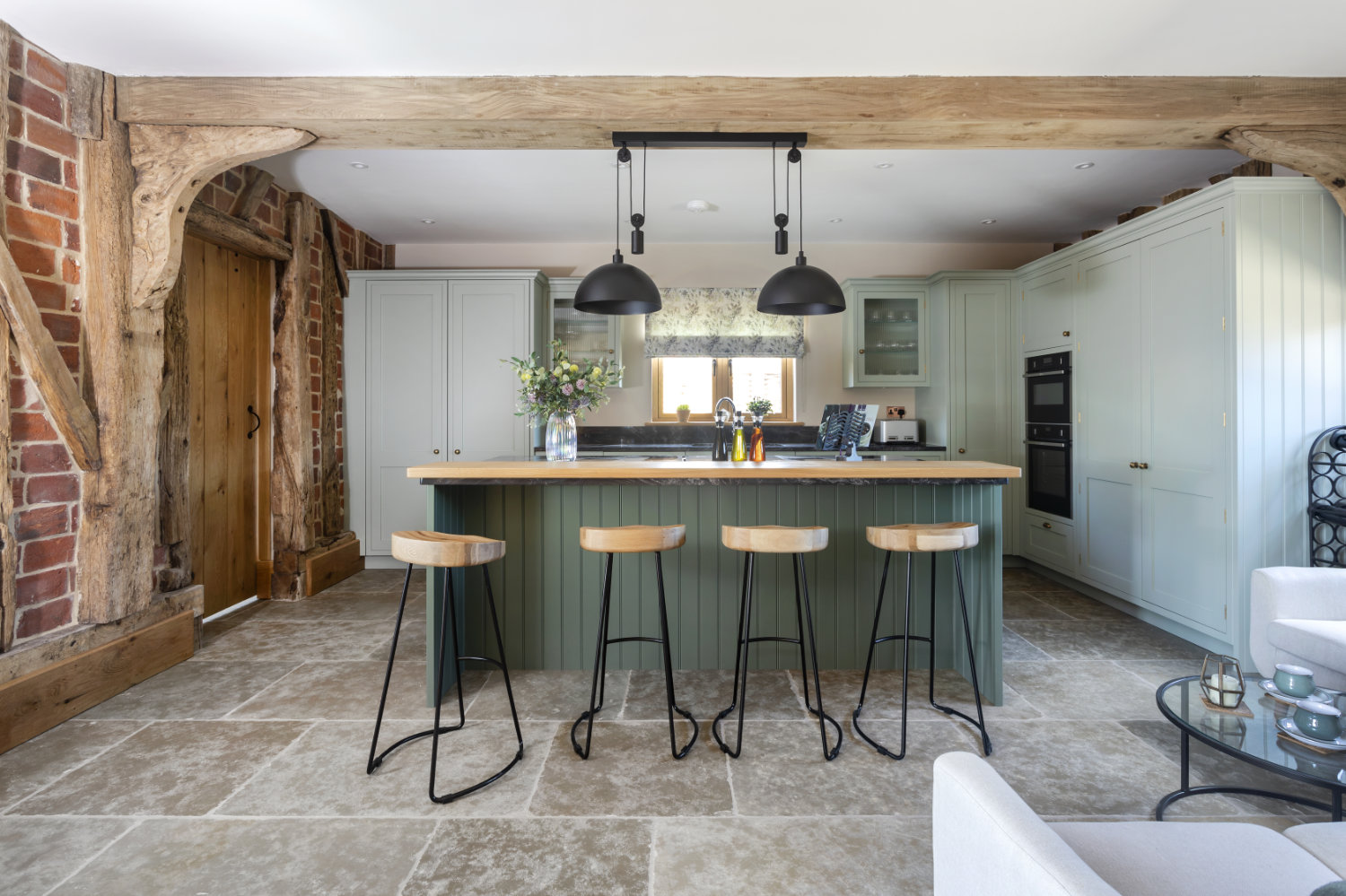

The interiors walk this careful balance, too. The kitchen (sourced from Essex-based Davonport Kitchens - another local choice that was important for David and Karen) is a traditional Shaker style paired with tongue-and-groove, but it’s been finished with more contemporary finishes to locate this home in the here and now. “We decided on a more industrial style, with that mix of old and new,” says Karen.
An eco-friendly and sustainable vision
Mixing old and new didn’t end at the interior design, either. Solar panels were installed on the south-facing roof, along with a solar battery, air source heat pump, low-flow aluminium radiators and underfloor heating, housed in a small plant room next to a downstairs WC.
“Though it’s so well insulated, the underfloor heating hardly comes on,” David says. In summer, it’s cool inside, in spite of the huge south-facing glazed gable - thanks to David and Karen’s choice of solar control glass.
The couple’s dedication to honouring the bones of the building are what they’re most proud of. “The same family who owned the barn before still live in the village,” David says. “One of them walked in here and said ‘it still looks the same as when I was a boy’. It’s humbling, and to be honest, it just turned out so much better even than the vision we had in our minds.”
How scaffolding was key to their success
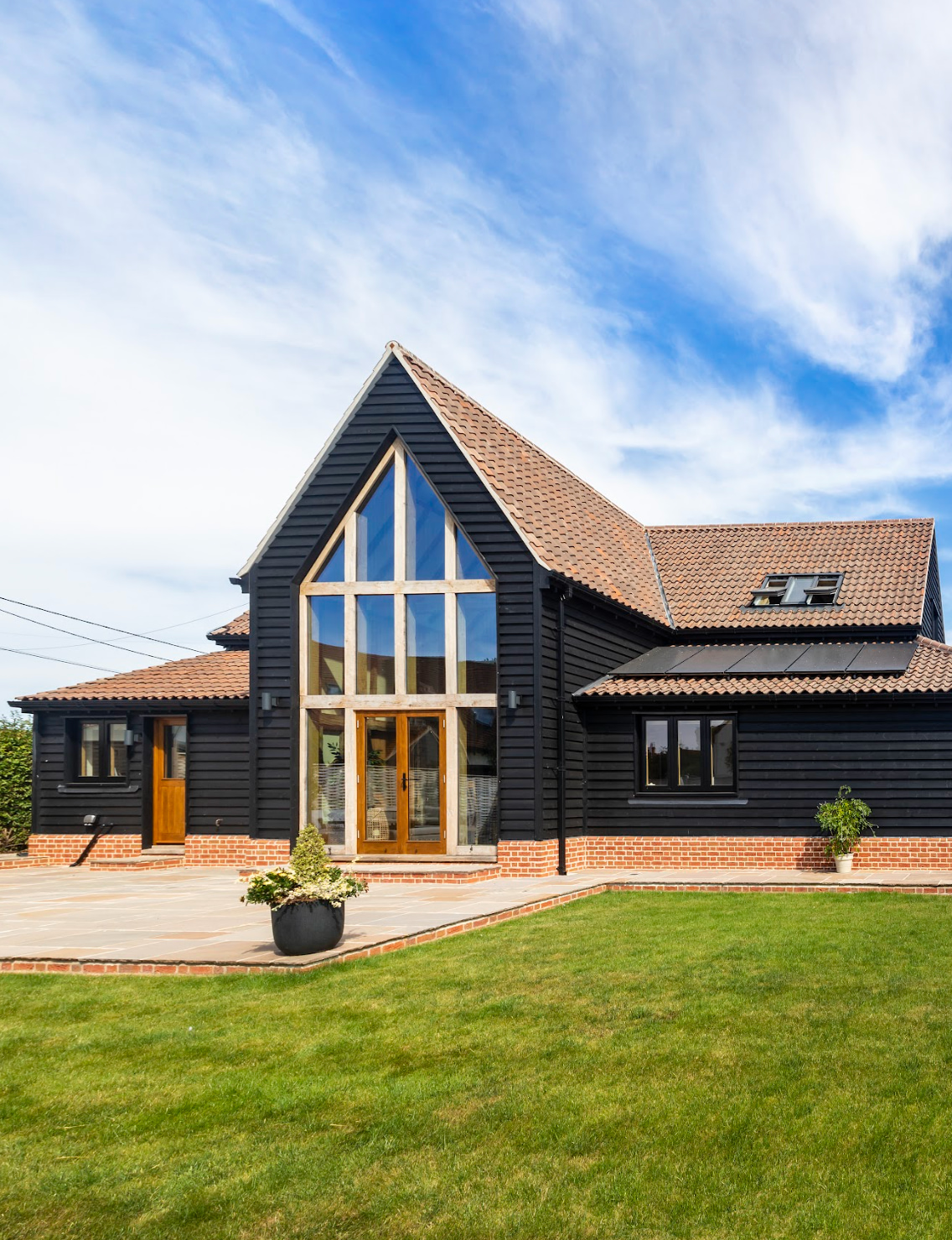
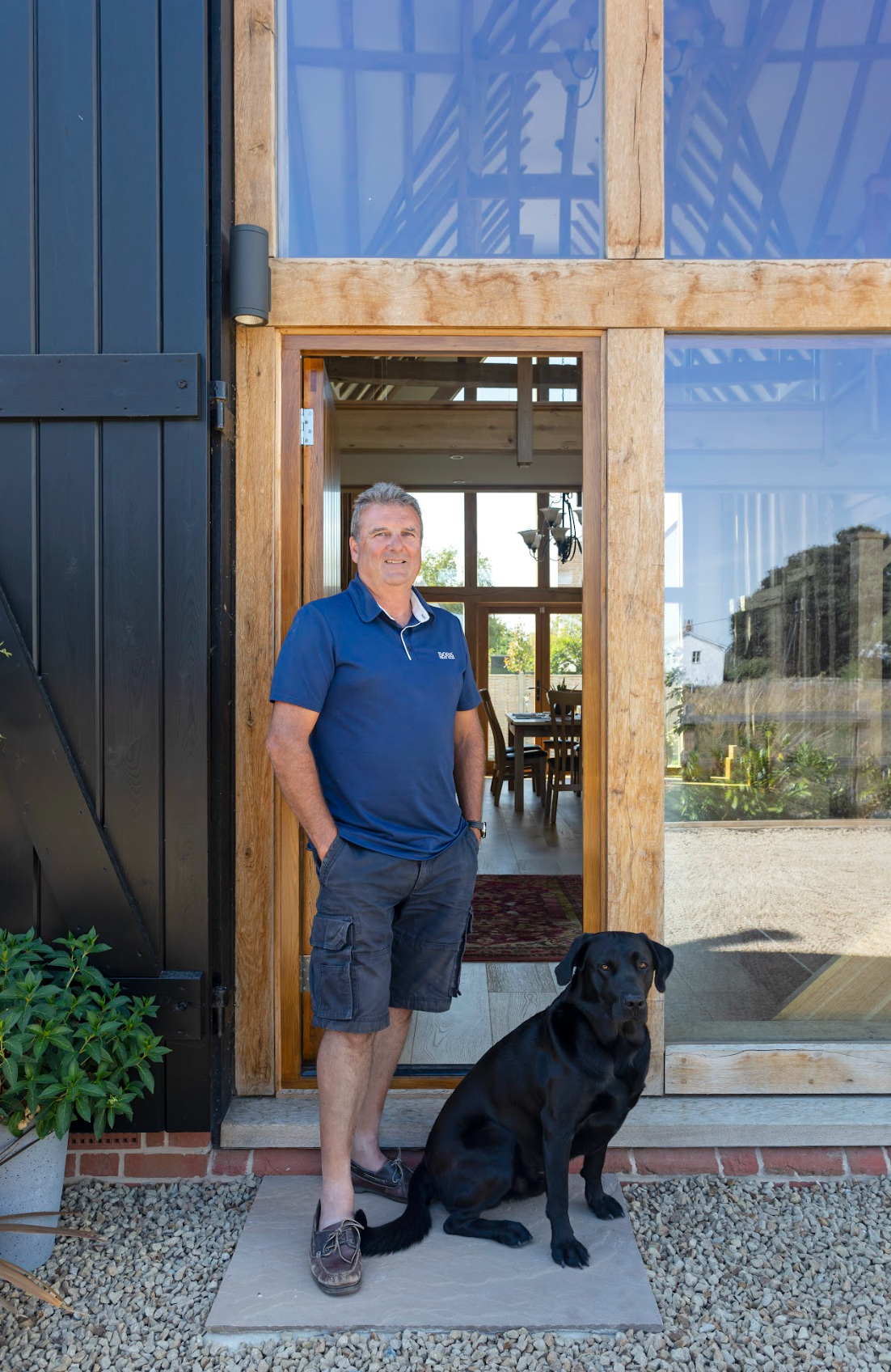
David and Karen’s build is one of those rare conversion projects that came in both on time and in budget. So what’s the secret? As well as the experience of David and his team paying dividends, one of the best uses of the budget was to erect a scaffolding roof early on in the project to provide cover for the build.
“We ummed and ahhed about it, because it was a big expense,” David recalls, “but it was well worth it. It saved us weeks and weeks when it was pouring with rain.”
"At times, it was a mud bath outside, but in the barn it was dry as anything.” With the scaffolding in place, David says they didn’t lose a day’s work at all due to the weather. The overall cost to the project was between £7,000 and £8,000, but David estimates it saved the project budget far, far more. “I’d absolutely recommend it to anyone doing this sort of thing,” he says.
Buying a listed building comes with risks and often requires a strong vision from the start. That's why it's important to consider planning and barn conversion costs early on in your property search and consult planning professionals where possible.
Hugh is editor of sister title Livingetc.com and former digital editor of homebuilding.co.uk. He has worked on a range of home, design and property magazines, including Grand Designs, Essential Kitchens, Bathrooms, Bedrooms and Good Homes. Hugh has developed a passion for modern architecture and green homes, and moonlights as an interior designer, having designed and managed projects ranging from single rooms to whole house renovations and large extensions. He's currently renovating his own Victorian terrace in Essex, DIYing as much of the work as possible. He's recently finished his kitchen renovation, which involved knocking through walls, and landscaping a courtyard garden, and is currently working on a bathroom renovation.
- Gabriella DysonInteriors journalist and contributing editor

